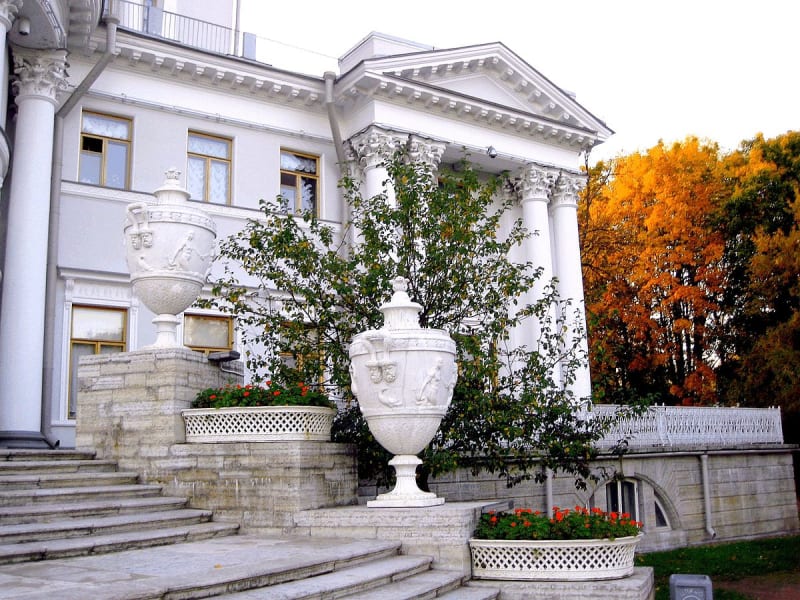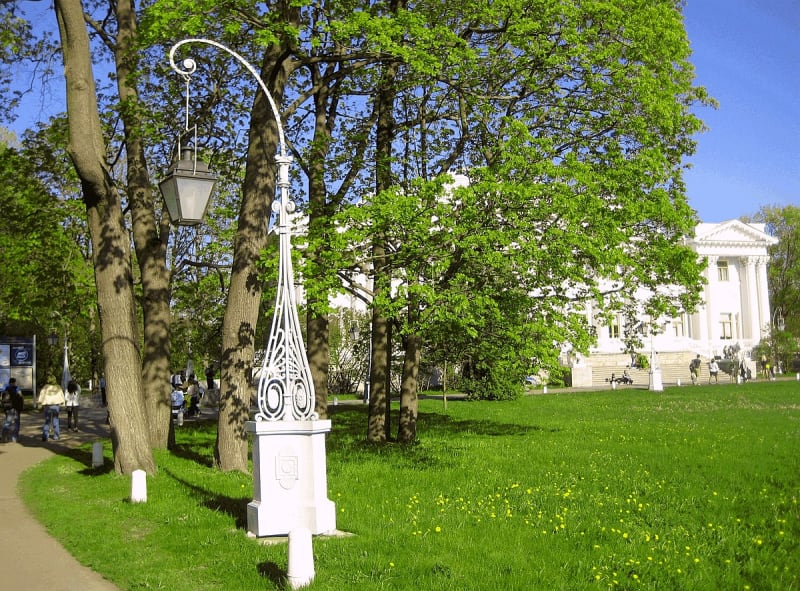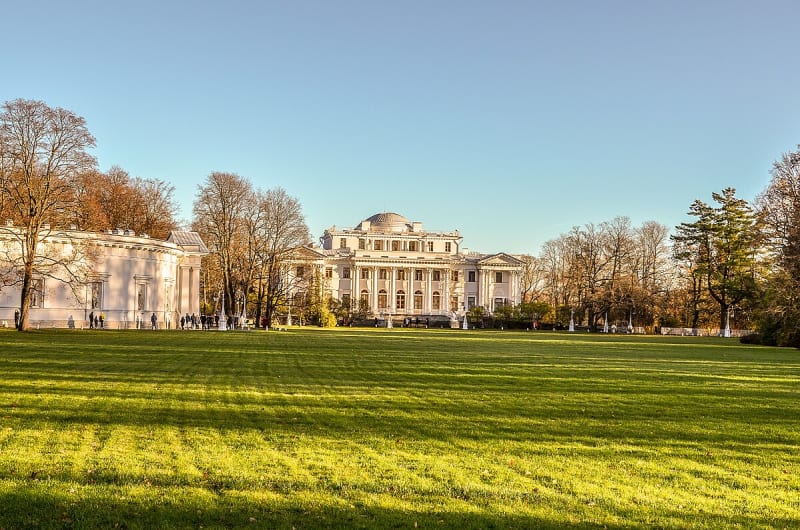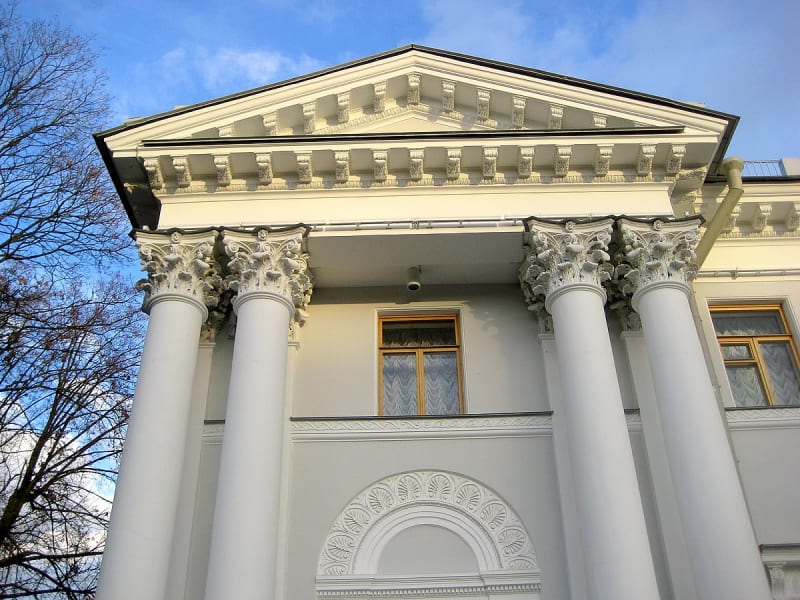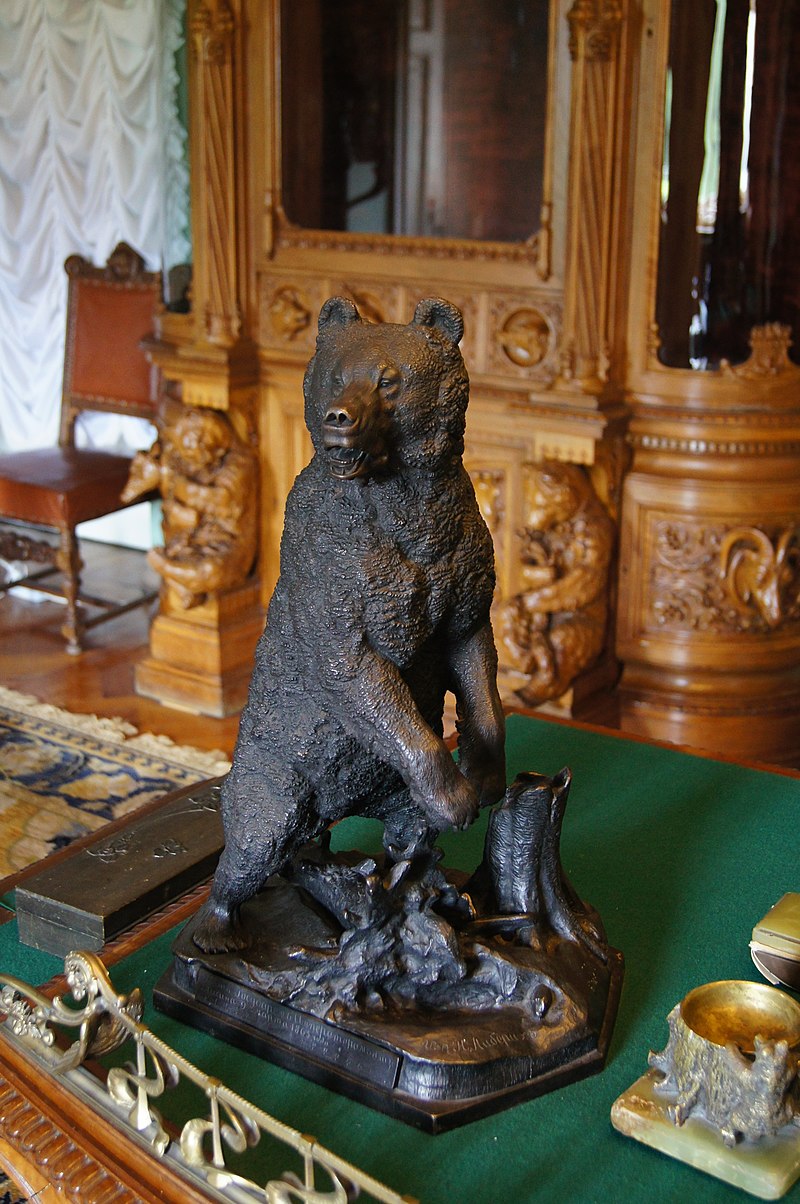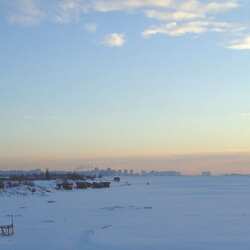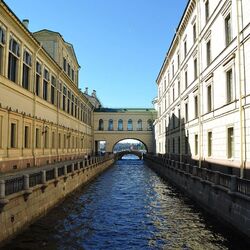Elagin Palace
The Yelagin Palace is an imperial palace on Yelagin Island in St. Petersburg. The history of the island on which the landmark was built is connected with the succession of its owners and originates from Peter the Great. As you know, Peter the Great was a generous man - he gave the island of Mishin to the diplomat Shafirov. Some time later, the diplomat received a large sum of money for it, selling it to Prosecutor General Yaguzhinsky. In 1771, the island changed its owner again and began to bear another temporary name - Melgunov, president of the Chamber College. The island owes its name entirely to I.P. Yelagin, who held important government posts during the reign of Catherine the Great. He was a favorite of the Empress, he was called a patron of the arts, a talented poet, and a wise philosopher.
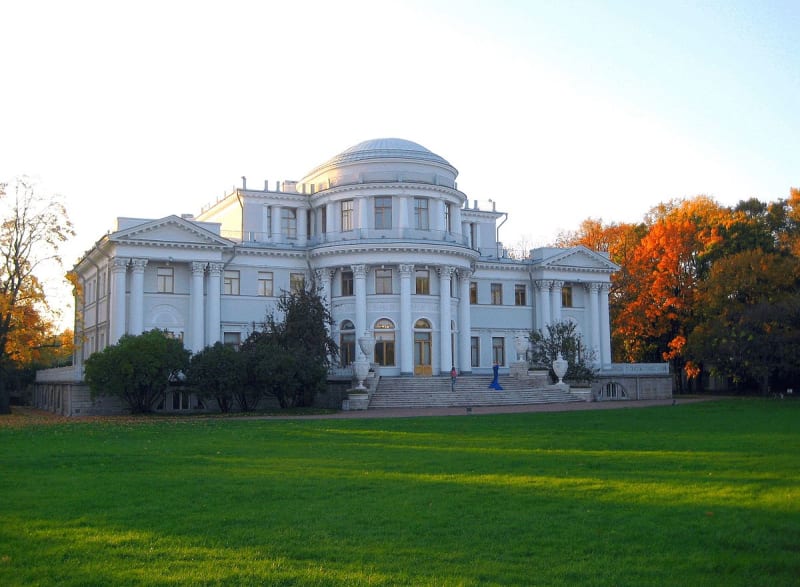
Alexander I
Historically, social status has implied or even, one might say, obliged socially significant figures to build magnificent structures like the Elagin Palace. An interesting fact: even Alexander I, who took it from Count Orlov's heir for the needs of his widowed mother, Maria Feodorovna, did not influence the change of the palace's name. A young, ambitious Russian architect, Karl Rossi, following his dream and faithful to the order of Emperor Alexander I, almost immediately begins to rebuild the palace in order to meet all expectations in the most creative way. The cast-iron lions, which have become a recognizable symbol of the northern capital, St. Petersburg, are also entirely due to Russia.: It was he who first installed them on the main staircase of the palace in 1882. The so-called "flag pavilion" is located on the eastern cape of the island, and it was above it that Alexander I's personal standard was displayed, announcing to everyone that the emperor had arrived at the residence.
Philosophical and cultural heritage of the palace
It can be said that palaces are heavenly embassies erected on earth for statesmen whose main concern was caring for their subjects. All living beings and even events, however, are washed away by the river of time, as with the Yelaginsky Palace: its fate was largely predetermined. Maria Feodorovna's death led to a chain of inevitable events, although quite expected. The status of the Yelagin Palace has noticeably decreased, first becoming a place for cultural recreation of prime ministers, and then completely lowered to the level of public access, turning into a national treasure, a museum in 1987.
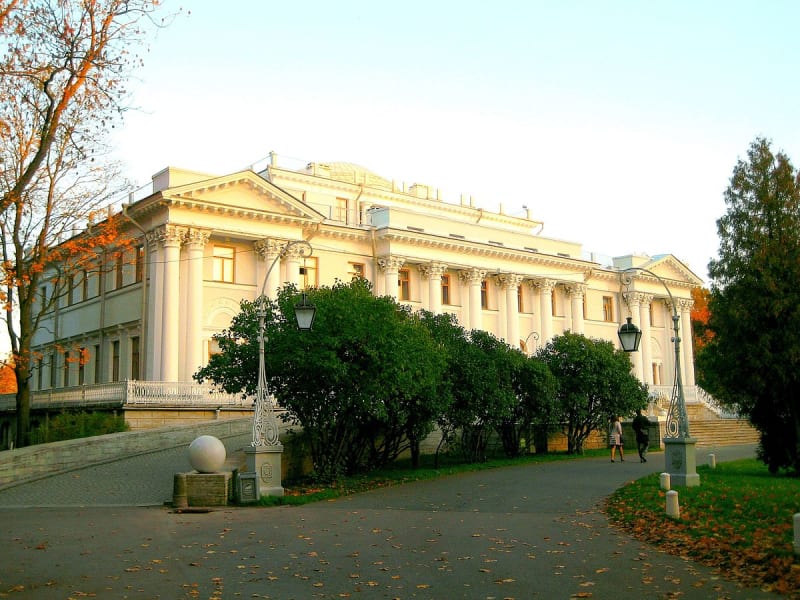
The palace walls, of course, remembered their former power, but they had fallen into disrepair, and the sufferings that befell the Russian people during the great troubles also touched its majestic walls. In 1960, the Elagin Palace was renovated, but it turned into a recreation center for many decades, and only in 1987 it finally regained its proud historical name - the Elagin Palace. The building, however, has stood up against everything and continues its impeccable service - now, however, as an exhibit of the past.
